How to Choose the Right Die Cast Process for Your Next Project
When embarking on a new manufacturing project, selecting the appropriate die cast process can significantly impact the success and efficiency of your production. Die casting is a versatile metal forming technique that enables the creation of precise and complex shapes using molten metal, making it a popular choice in various industries, including automotive, aerospace, and electronics. However, with multiple die casting methods available, it can be challenging to determine which process aligns best with your specific project requirements.
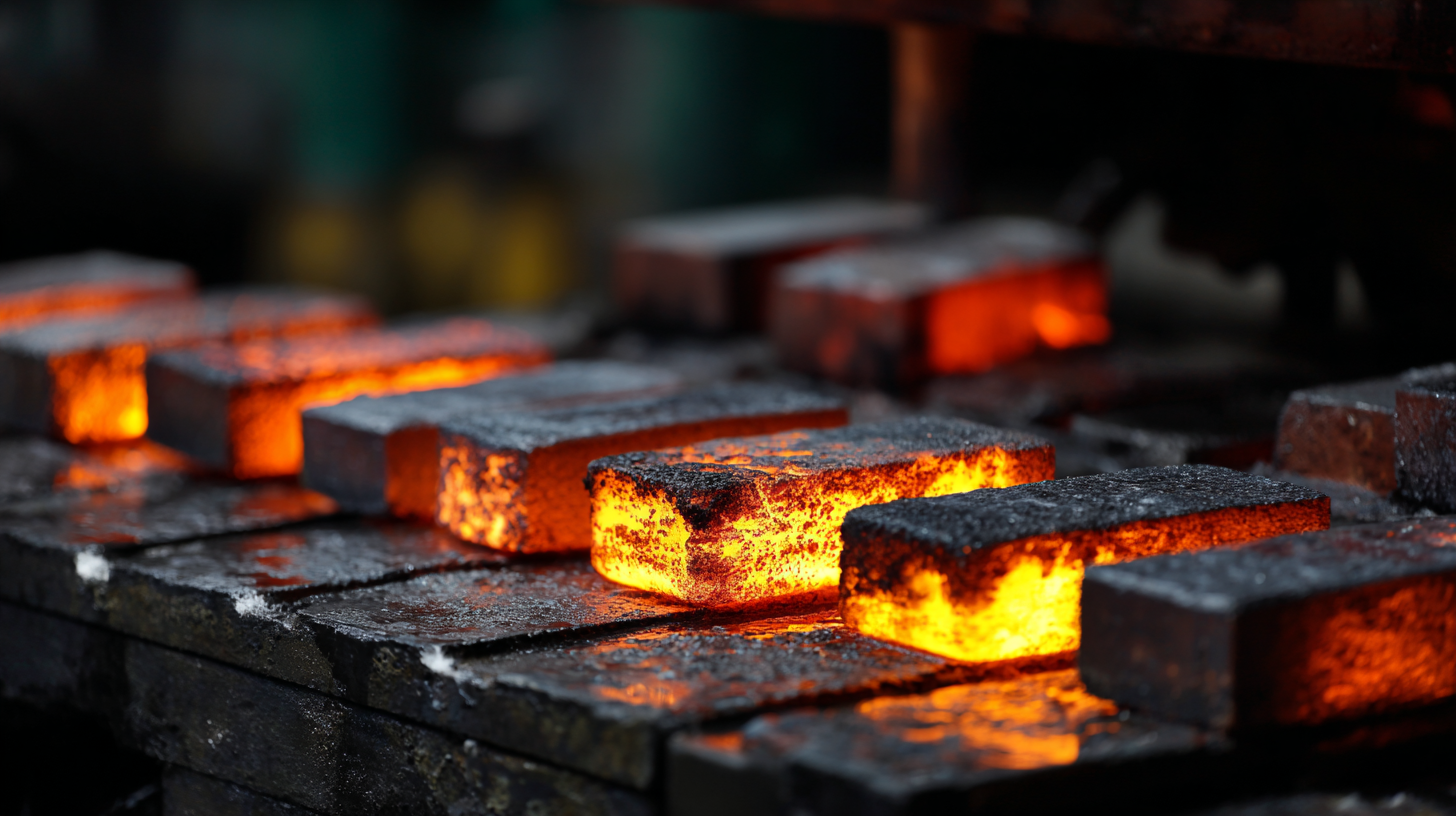
Factors such as material compatibility, production volume, and desired surface finish all play a crucial role in this decision-making process. In this guide, we will explore the key considerations and advantages of different die cast processes, empowering you to make an informed choice that not only meets your project's demands but also optimizes cost and performance.
Understanding the Different Types of Die Casting Processes Available
When choosing the right die cast process for your project, it is essential to understand the various types available. The primary die casting methods include hot chamber and cold chamber processes. The hot chamber process is typically employed for metals with low melting points, such as zinc and magnesium alloys. According to industry reports, this method is ideal for high-volume production due to its efficiency and lower cycle times, often achieving production rates of over 100,000 parts annually.
On the other hand, the cold chamber process is utilized for materials with higher melting points, like aluminum and copper alloys. This method requires the molten metal to be transferred mechanically into the die, making it slower but suitable for intricate designs and finer details. Data from research shows that while cold chamber die casting may have higher initial costs, the long-term benefits include enhanced material properties and design flexibility, which can lead to reduced machining costs in the final product. Understanding these differences is crucial for selecting the appropriate process that aligns with your project's requirements and budget.
Types of Die Casting Processes and Their Applications
Evaluating Material Compatibility for Your Die Casting Needs
 When selecting a die casting process for your next project, material compatibility is a critical factor that demands careful consideration. Different materials exhibit unique properties that can influence the performance, durability, and cost-effectiveness of the final product. For instance, aluminum and zinc are popular choices in die casting due to their lightweight nature and excellent corrosion resistance. However, the choice between these materials should be guided by the specific application's requirements, such as load-bearing capacity and thermal conductivity.
When selecting a die casting process for your next project, material compatibility is a critical factor that demands careful consideration. Different materials exhibit unique properties that can influence the performance, durability, and cost-effectiveness of the final product. For instance, aluminum and zinc are popular choices in die casting due to their lightweight nature and excellent corrosion resistance. However, the choice between these materials should be guided by the specific application's requirements, such as load-bearing capacity and thermal conductivity.
Understanding the interplay between the alloy used and the die casting method is also essential. For example, utilizing aluminum alloys may require higher melting temperatures and specialized equipment for optimal results. In contrast, magnesium is lighter and offers superior strength but has stricter handling precautions due to its flammability. By evaluating these material characteristics alongside your project’s design requirements, you can ensure a strategic alignment that optimizes production efficiency and enhances product quality.
Assessing Cost Factors in Die Casting Process Selection
When selecting a die casting process for your next project, evaluating cost factors is crucial to ensure optimal financial performance. The initial investment in die casting tools and equipment can vary significantly depending on the complexity of the part and the materials involved. It is essential to consider whether the anticipated production volume justifies the costs. For instance, high-volume production might make the investment in high-quality steel dies more viable, whereas low-volume needs could benefit from more economical aluminum or magnesium dies.
In addition to upfront costs, one must also account for operational expenses, such as labor, energy, and maintenance. The choice of alloy impacts not only the material costs but also the casting cycle time, affecting overall productivity and efficiency. Moreover, processing techniques and the level of automation can influence labor costs. A thorough analysis of these factors, in conjunction with the project's specific requirements, will guide you in selecting the most cost-effective die casting process while maintaining product quality and performance standards.
Analyzing Production Volume Requirements for Your Project
When choosing the right die cast process for your next project, understanding your production volume requirements is crucial. Identifying the anticipated demand can help streamline your decision between different die casting methods, such as high-pressure or low-pressure die casting. For projects expecting high production volumes, high-pressure die casting is generally favored due to its efficiency and ability to produce complex geometries with tight tolerances. Conversely, projects with lower volume requirements might benefit from low-pressure alternatives that allow for more flexibility and cost-effectiveness during the initial phases of production.
Tip: Always assess the lifecycle of the components being produced. An integrated analysis framework, like those used in the circular supply chain concept, can provide insights into sustainability and cost impacts over time. Data suggests that sustainable manufacturing approaches can significantly optimize resource utilization and reduce waste, aligning your project with global sustainability goals. Ensuring that your die casting choice incorporates considerations for these factors can lead to enhanced economic viability and reduced environmental impact.
Additionally, leveraging advancements in digital manufacturing can facilitate better decision-making in selecting the appropriate die casting process based on real-time data. The Industry 4.0 revolution emphasizes automation and improved efficiency, which can be a game changer in meeting production volume needs effectively while maintaining quality standards. Consider technology adoption as part of your strategic planning for a successful manufacturing outcome.
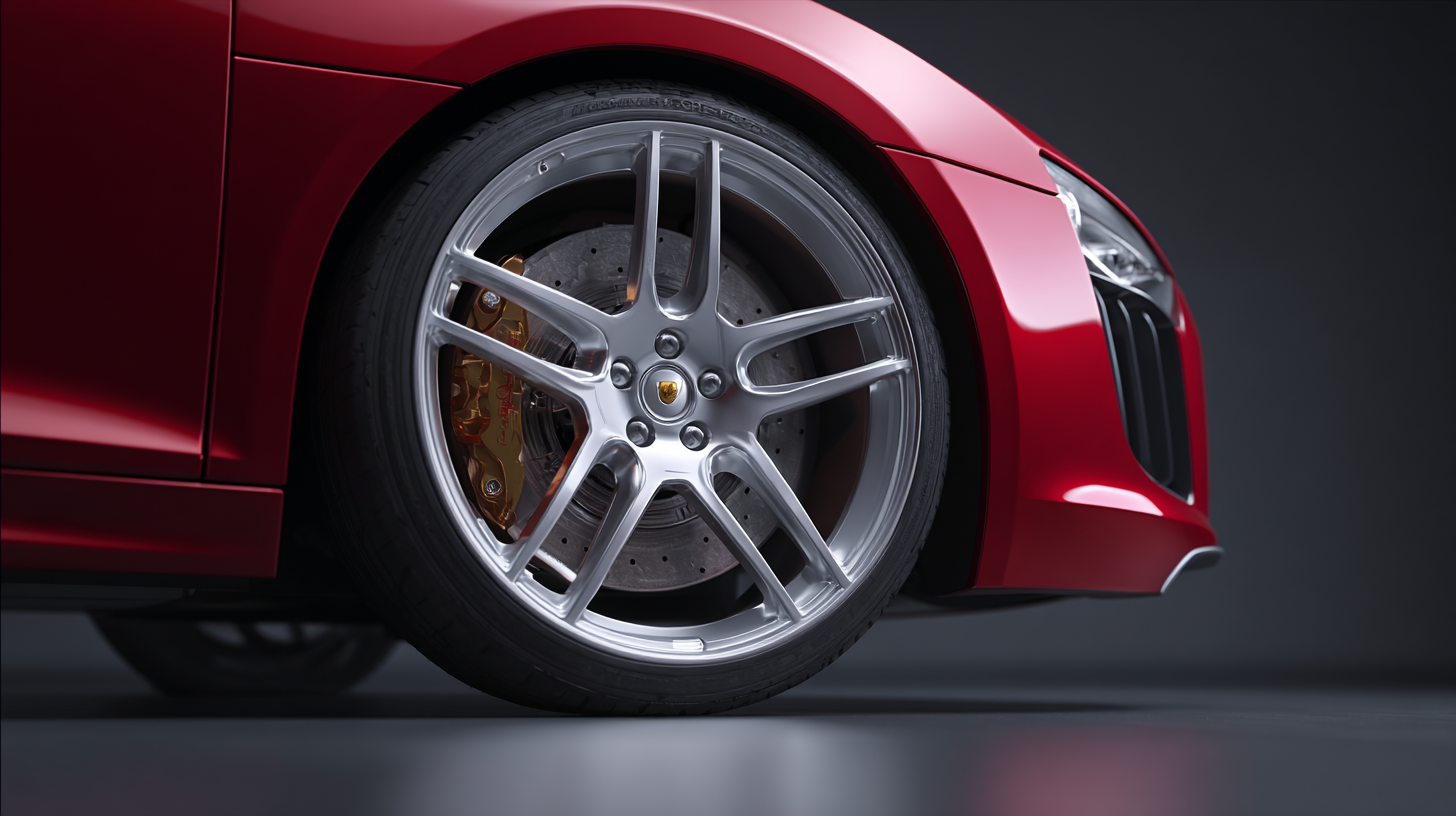
Identifying Design Complexity and Its Impact on Process Choice
When choosing the right die casting process for a project, it's essential to consider design complexity, as it significantly impacts the suitability of various techniques. Complex designs often require more intricate production methods that can accommodate detailed features, tighter tolerances, and varied geometries. This complexity necessitates a thorough assessment of how the chosen process will handle the interplay of component shapes and sizes while ensuring material integrity and consistency.
In parallel, the logistics of managing complexity in design can draw parallels from fields like public health or supply chain management, where multiple interacting components are common. Just as health technologies are classified as complex due to their multifaceted nature, die casting processes must adapt to changing requirements, manufacturing technologies, and customer needs. Therefore, understanding the nuances of design complexity not only informs the selection of the appropriate die casting method but also helps anticipate potential challenges, leading to more efficient and effective project outcomes.
Related Posts
-

Ultimate Guide to Mastering Die Cast Tooling for Efficient Production
-

10 Insights for Mastering Die Cast Plastic Techniques
-
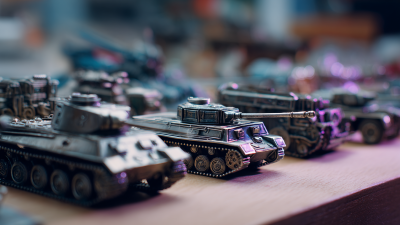
How to Choose the Best Die Cast Die for Your Manufacturing Needs
-
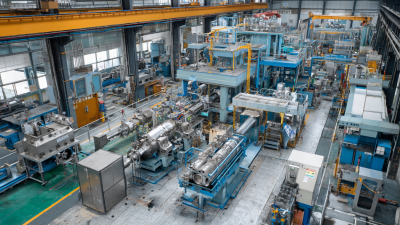
Top 5 Innovative Die Cast Equipment Examples Revolutionizing Manufacturing Efficiency
-

The Future of Die Casting: Innovations Shaping Tomorrow's Manufacturing
-
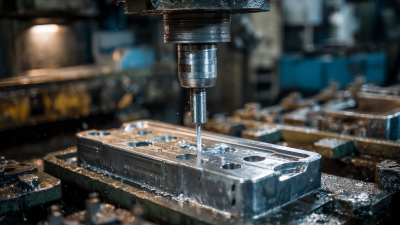
Ultimate Guide to Mastering Die Casting Techniques for Your Business Success
Copyright © 2025 · All Rights Reserved · Franchino Mold & Engineering
